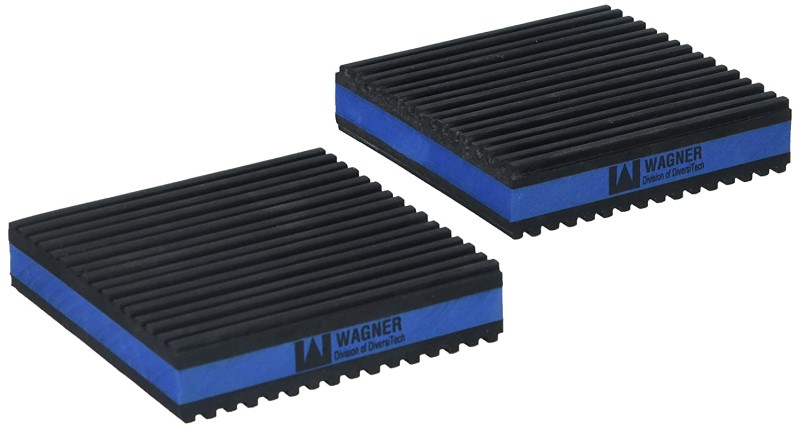Is One Subwoofer Isolation Solution “The Best?”
“Buy once, cry once,” is the saying. It means if you spend your money wisely, you won’t have to repurchase a similar item because your first purchase wasn’t good enough. It makes sense and is a very good rule to live by. When shopping for subwoofer isolation solutions, it makes sense that you want the best. You don’t want one that just “kinda” works. Is there a best solution out there? Let’s discuss!
What is a Subwoofer Isolation Solution?
Subwoofer isolation solutions are simply a way of decoupling your subwoofer from the floor of your residence. The reality is that you don’t just want to decouple your sub. You very well might need to decouple your speakers as well. Decoupling means, in simplest terms, to put something squishy between your speaker or subwoofer and the floor. This keeps the physical vibrations from your subwoofer or speaker from transmitting directly into the structure of your home. If you are having issues with neighbors complaining about your bass or rattles in your room, decoupling is often (at least part of the) solution.
You’re Sold! So, Which One is the Best?
There are a lot of options out there for decoupling your speakers or sub. Is there a “best” one? If you ask the Internet or a reviewer, they’ll share the ones that they use. But does that make them the best? Of course not! But that doesn’t mean they won’t work for you.



The real question is how to shop smartly. What you need to figure out is which will be the best solution for your particular speaker or subwoofer. The two things that you’ll want to know are the type of solution and the weight of your speaker or subwoofer. There are different types of solutions. Some, like the SVS Soundpath Isolation System, replace the feet on your current subwoofer. Others, like the Pyle Sound Dampening Speaker Riser, are platforms that sit underneath your sub or speaker. One type will work better for your speaker or subwoofer than the other.
The second part is also very important. All of these subwoofer isolation solutions have weight limits. If you exceed those limits, the solution will completely compress and fail. Instead of decoupling your speaker or subwoofer, it will allow the vibrations to pass straight through. That said, it isn’t as if more decoupling is somehow “better.” Once you’ve achieved decoupling, you are done. If the vibrations aren’t passing through the solution, then adding more won’t do anything.
Take Away
In short, as long as you achieve decoupling, then the solution works. Think of it as a light switch. The light is either on or off. It either works or it doesn’t. Everything else is aesthetics and personal preference. Decoupling solutions are the same way. If they work (achieve separation of your speaker/subwoofer from the floor), then it works. Adding more (or different) decoupling won’t make it work “more.”
If you are debating between two (or more) subwoofer isolation solutions, and they both will achieve full decoupling, then you can use any other metric you want to decide. Maybe one looks better, maybe one is less expensive. As long as you don’t exceed the weight limit of the decoupling solution, then how you choose is up to you.


